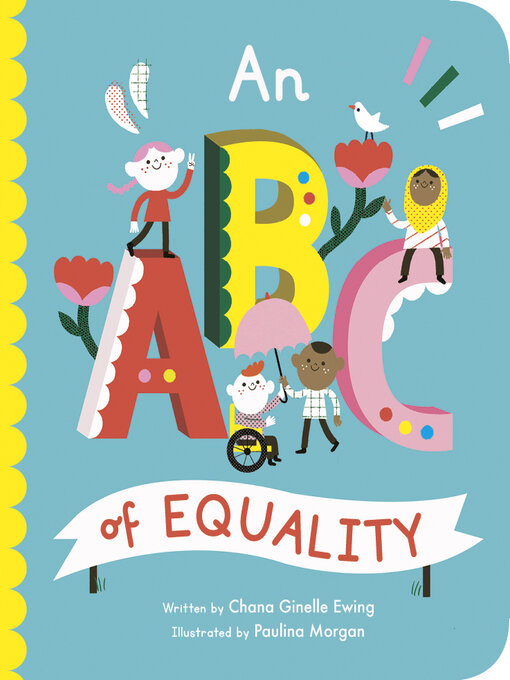All people have the right to be treated fairly, no matter who they are, what they look like, or where they come from. From A to Z, simple explanations accompanied by engaging artwork teach children about the world we live in and how to navigate our way through it.
Each right-hand page includes a brightly decorated letter with the word it stands for and an encouraging slogan. On the left, a colorful illustration and bite-size text sum up the concept. Cheerful people from a range of backgrounds, ethnicities, and abilities lead the way through the alphabet.
Celebrate your Differences, ask more Questions, share your Kindness, and learn to Understand the world.



